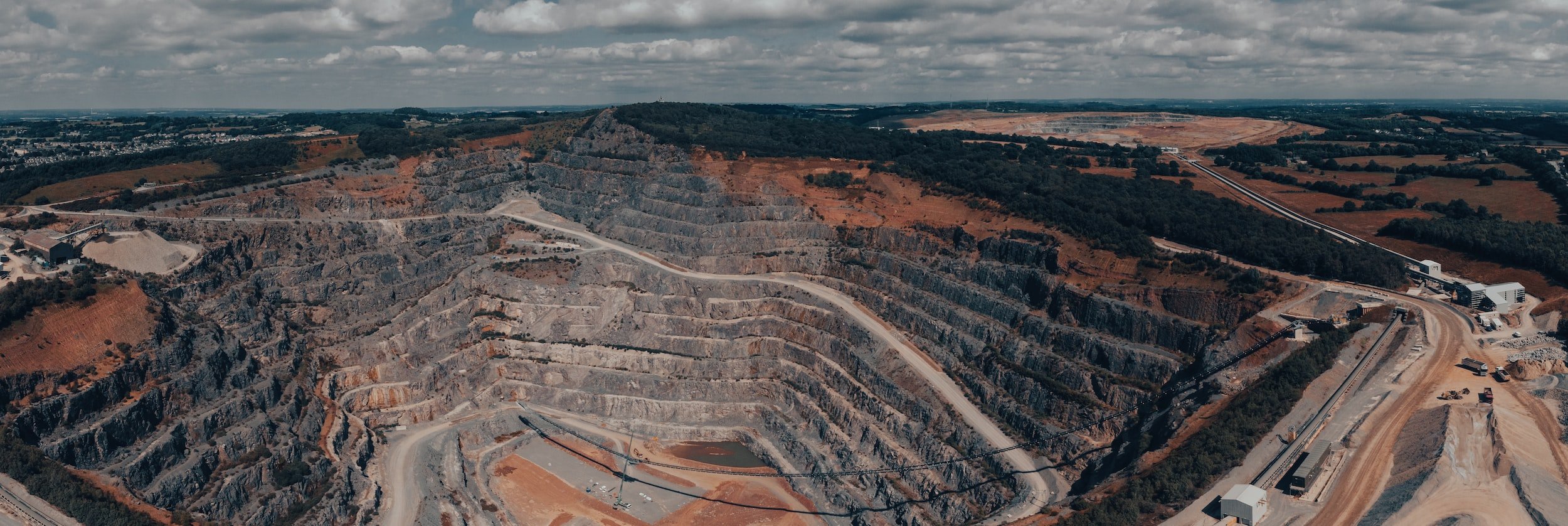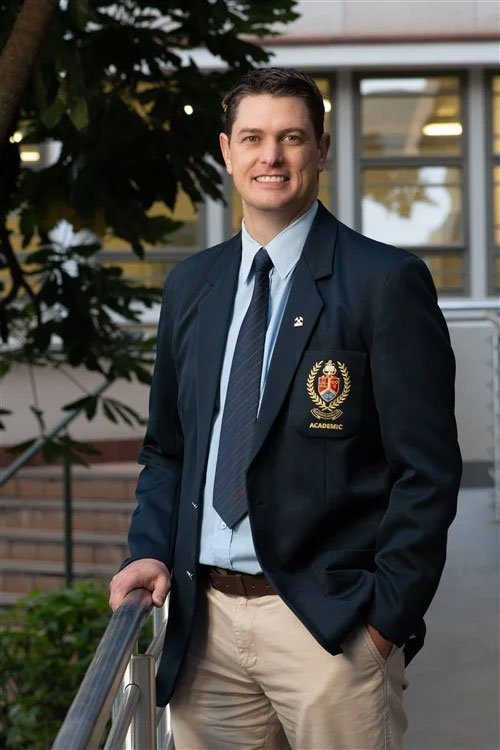
Friction: Edition 8 | June 2023
Access roads, build pads, levees, dams, drains – all are vital, primary infrastructure across mine sites so, by their nature, demand a geotechnical engineer’s full attention to ensure safety and stability.
Modern approaches to infrastructure in mining
Access roads, build pads, levees, dams, drains – all are vital, primary infrastructure across mine sites so, by their nature, demand a geotechnical engineer’s full attention to ensure safety and stability.
But achieving quality infrastructure no longer needs to be a cookie-cutter approach, with modern methods improving efficiencies and delivering cost benefits to mines through the smarter use of materials, equipment and technology.
Q&A with Graeme Jardine
Everyone has a story to tell, and this month we asked APAC Technical Director, Global Subject Matter Expert Engineering Geology, Senior Principal at Jacobs, Graeme Jardine the hard questions.
Friction: Edition 7 | May 2023
Ensuring the safety of a mine site is of utmost importance to any geotechnical engineer and there are numerous ways and techniques to achieve this. The final line of defence is ground support.
Q&A with Neil Bar
Everyone has a story to tell, and this month we asked the Geotechnical Engineer at Gecko Geotechnics Neil Bar the hard questions.
Ground support an ever-evolving component of safe mining
Numerous contributing factors to ground instability can be influenced by geotechnical engineers to ensure the longevity of mining excavations. Ground support is the final line of defence for geotechnical engineers to ensure safe, stable mines. This article focuses on ground support within the geotechnical fraternity, as it is normally the major focus point following falls of ground or rock burst incidents
Friction: Edition 6 | April 2023
Slopes, softwalls, stresses and stability. This is the language of geotechnics where no two mine sites are the same, one size never fits all, and technology forms a crucial pairing with creativity to deliver tailored data-driven solutions.
A Mine of Information
Tim Cartledge had a fascination for rocks and a mindset for maths long before he ever heard about geotechnical engineering.
Friction: Edition 5 | March 2023
Geotechnical professionals are always under pressure to provide accurate advice about mine design and operations. But even the most sophisticated analysis can become meaningless if the data it is based on is inadequate or inaccurate.
Q&A with Stephan Arndt
Everyone has a story to tell, and this month we asked Mining One’s Head of Technology & Innovation Stephan Arndt the hard questions.
The big possibilities of small noises
Background ambient noise conditions are ever-present right around the earth, but tuning into this hum of manmade and natural noises can build a powerful picture of what’s going on below the surface.
Friction caught up with Olaf Goldbach to explore how geotechnical professionals can use passive seismic monitoring to collect valuable data.
Friction: Edition 4 | February 2023
Attracting new geotechnical professionals to the mining industry continues to be a challenge in 2023. In this edition of Friction, we look at the role we can all play in promoting our industry and attracting new talent to the profession.
Mining for talent: How to attract more people to geotechnical engineering
The mining industry is used to digging deep for the right minerals and metals, but there’s another precious resource in high demand – geotechnical professionals.
Dan Payne shares with Friction his thoughts on the challenge of recruiting more young people into the industry and what can be done to resolve the skills shortage.
Putting SANIRE in the spotlight
For rock engineers in South Africa SANIRE, the South African National Institute of Rock Engineering, is not only the professional association promoting professional development, it is also a highly engaged networking, collaboration and information exchange point.
Friction: Edition 3 | November 2022
In the third edition of Friction, we dive into why failure is not an option for tailings dams, rockfall trajectory reconstruction, and the latest podcast on Geomechanics and Geotechnical Engineering for Nuclear Waste Disposal.
Failure is not an option - reconsidering tailings dams
Tailings dams were once almost an afterthought in the design and management of mines. But a series of high-profile tailings dam failures and the resultant scrutiny from media, investors and insurers has led to significant changes in how the dams are designed, operated, monitored and managed over their entire lifecycle.
Friction sat down with world-leading tailings dam expert, Professor David Williams from The University of Queensland to find out how things are changing for the better.
Enabling the impossible, one robot at a time
While drones are already readily in use on mine sites for surveying, inspecting inaccessible areas of a mine and photogrammetry, the use of automated and piloted technology will only continue to expand in the future. Friction sat down with Mat Allan to hear his predictions for the immediate future for the geotechnical industry and how technology is changing the face of mining.
The PHD Project that changed slope monitoring
For geotechnical professionals who have recently entered the industry, it could be hard to imagine a time when the only option for slope monitoring was point measurement-based systems, which only provided spot data for a specific moment in time. Friction hears from GroundProbe CEO and founder, David Noon, how a PhD project revolutionised slope monitoring.
Q&A with Jannie Maritz
Senior Lecturer Jannie Maritz from the University of Pretoria, South Africa shares the technological advances that are exciting him the most and his career advice for people looking to work as a geotechnical professional in mining.
Friction: Edition 2 | October 2022
In the second edition of Friction, we dive into droids and robots on mine sites, legality around engineering contracts, and a Q&A with an industry professional.




















